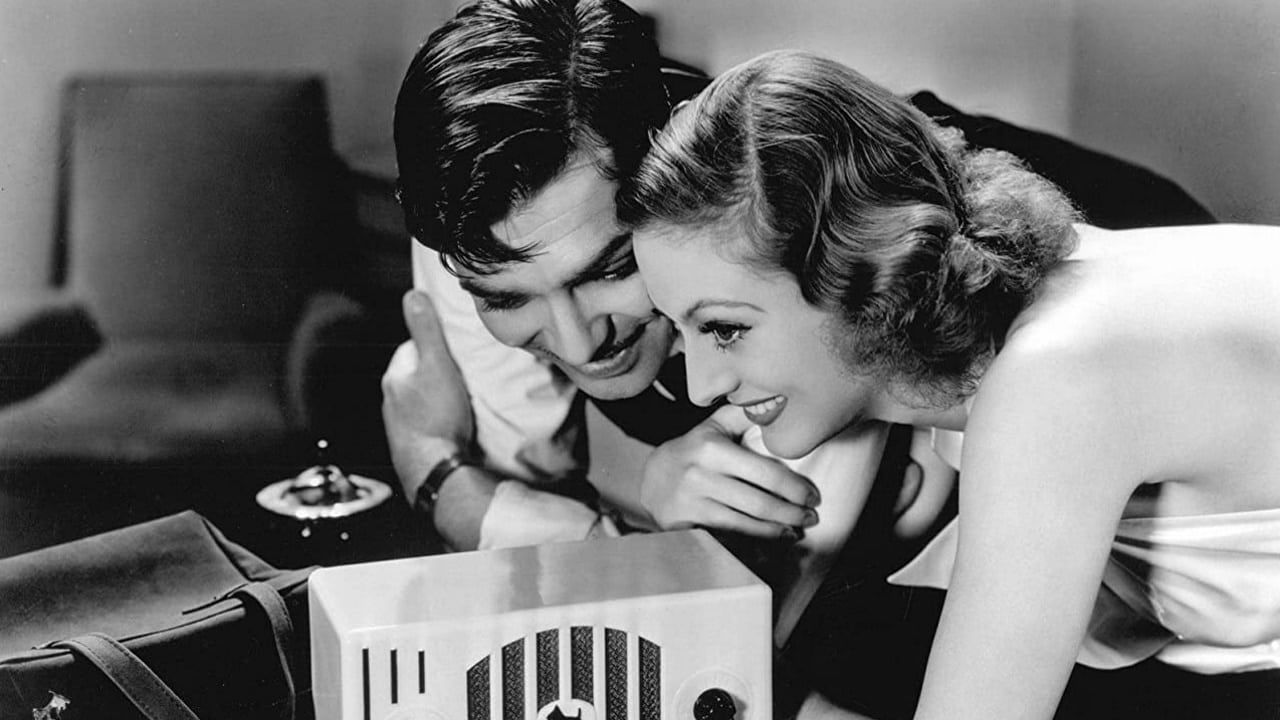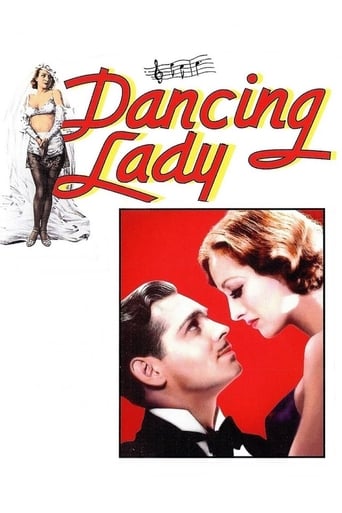

This pre-code production is well worth seeing. Regardless of how good or bad this film is, I believe it is a seminal film. As the studios were trying to determine what the American film-going public wanted, they "stumbled" across some formulae and some talent that paved the way for future success.Although I was never a great fan of Joan Crawford, in her early films--such as this one--she possesses a raw energy that is engaging. Here she plays the titular role, the Dancing Lady, and must have been considered a dancing talent to land the role. There have been discussions on the IMDb bulletin boards about the level of her dancing talent. Was her dancing "clunky"? Perhaps, but I believe the style of the day was somewhat ungraceful, in general. As I was watching her early dancing scenes, I was thinking that it would take Astaire to elevate the form on screen. Sure enough, he appears in the film--and he does add some class to the dance scenes.But it is Gable whose masculine energy really carries this film. He plays Patch Gallagher, the director of the Broadway show where Crawford's Janie Barlow gets her big break. She has dancing in her blood. Gallagher recognizes her talent and rewards her with a starring role. During the time they work together, she gets under his skin, making things awkward for Gallagher, who likes to keep things simple.The careers of Gable, Crawford, Astaire and even Nelson Eddy, among others (including the Three Stooges) may be said to originate in Dancing Lady. In just a few years, they all would be established box office stars. Gable would transform film's idea of the masculine lead. Astaire would elevate dancing in film with his graceful moves and refined choreography. And MGM would have a solid foundation for its burgeoning stable of talent.
... View MoreJoan Crawford plays a struggling dancer in "Dancing Lady" who alternates between Broadway producer Clark Gable and Wall Street tycoon Franchot Tone in this fast-paced, amusing musical with lots of dance numbers. This Metro-Goldwyn-Mayer release features the antics of the Three Stooges while they were still second bananas with Ted Healy. The finale with Joan and Fred Astaire on a floating saucer that takes them to Bavaria exemplifies a bit of early cinematic surrealism. Nelson Eddy makes his debut along with Fred Astaire in this predictable but entertaining 1930's melodrama. Director Robert Z. Leonard keeps the action scooting along with one surprise after another. Janie Barlow (Joan Crawford) is a dancer who lives to dance, even if she must dance in a burlesque show. Wealthy Park Avenue investor Tod Newton (Franchot Tone of "Lives of a Bengal Lancer") attends her show the evening that the police raid the theater and arrest Janie and his counterparts for indecent performances. Janie tells the judge that she is a social worker. He fines her $30 or 30 days, and the gallant Tod antes up the loot. Tod wines and dines Janie, but she remains focused on dancing, the art of dancing. In fact, she decides to quit burlesque and pursue Patch Gallagher for the chance of a big break. Tod provides the introduction to a stage producer, Jasper Bradley, Sr. (Grant Mitchell) and Patch's assistant Steve (Ted Healy) and the Three Stooges decide to give her "the brush off." Nevertheless, Steve is impressed by Janie's ability and urges a reluctant Patch to consider her. Patch berates Pinky (Sterling Holloway), the author of the play that the show is based on, because it is Spanish American War era relic. Indeed, Patch has dreams of staging a different show. No sooner has Patch got the show underway than the bottom falls out. It seems that Janie has to assure Tod that if the show bombs, she will marry him. The treacherous Tod pulls his money from the show and the Bradleys have to close it. Patch is left high and dry, while a clueless Janie accompanies Tod to Cuba. Meantime, Patch decides to put himself into hock to finance the show. Imagine Janie's shock when she learns about Tod's underhanded scheme to shut down the show. She goes back to do the show for Patch. Of course, everything works in the end. "Dancing Lady" provides Crawford with a good, strong role.
... View MoreMetro's attempt to duplicate the success of 42nd Street with some of their biggest stars served as the screen introduction of Fred Astaire even though he really isn't properly showcased. Joan starts out as a cooch dancer but because of grit, determination, the right connections and a dancing talent that is apparently great she becomes the star of a Broadway bound show. I say apparently because with the evidence on display that Joanie offers the talent is only in her mind. She exudes star power to burn and while she's not exactly a glue foot her dancing movements especially above the waist are graceless and overly earnest, there is more than a whiff of desperation to them. Franchot Tone is stuck in the slick aimless society boy role that curtailed his career but Gable is brimming with virility and matches Crawford's glittering star measure for measure.
... View MoreI enjoyed "Dancing Lady" despite the fact that the titular "Lady" (Joan Crawford) is about as graceful as a pregnant camel. Other than her lead-footed dancing, Joan give a good performance. How many other movies can claim to feature The 3 Stooges, Clark Gable, Franchot Tone, Joan Crawford, Fred Astaire and Nelson Eddy? Even Eve Arden shows up in a bit part (years before being reunited with Joan in "Mildred Pierce"!) Only MGM could have come up with a cast like this! Nevertheless, it's apparent that MGM was still learning how to put on a proper musical. Warner's musicals of the period are light years ahead of this. The songs are terrible and, other than Fred Astaire's numbers, the dancing is mediocre. Maybe I'm making it sound awful but it really isn't. It's a fun 90+ minutes to pass away a rainy afternoon.
... View More